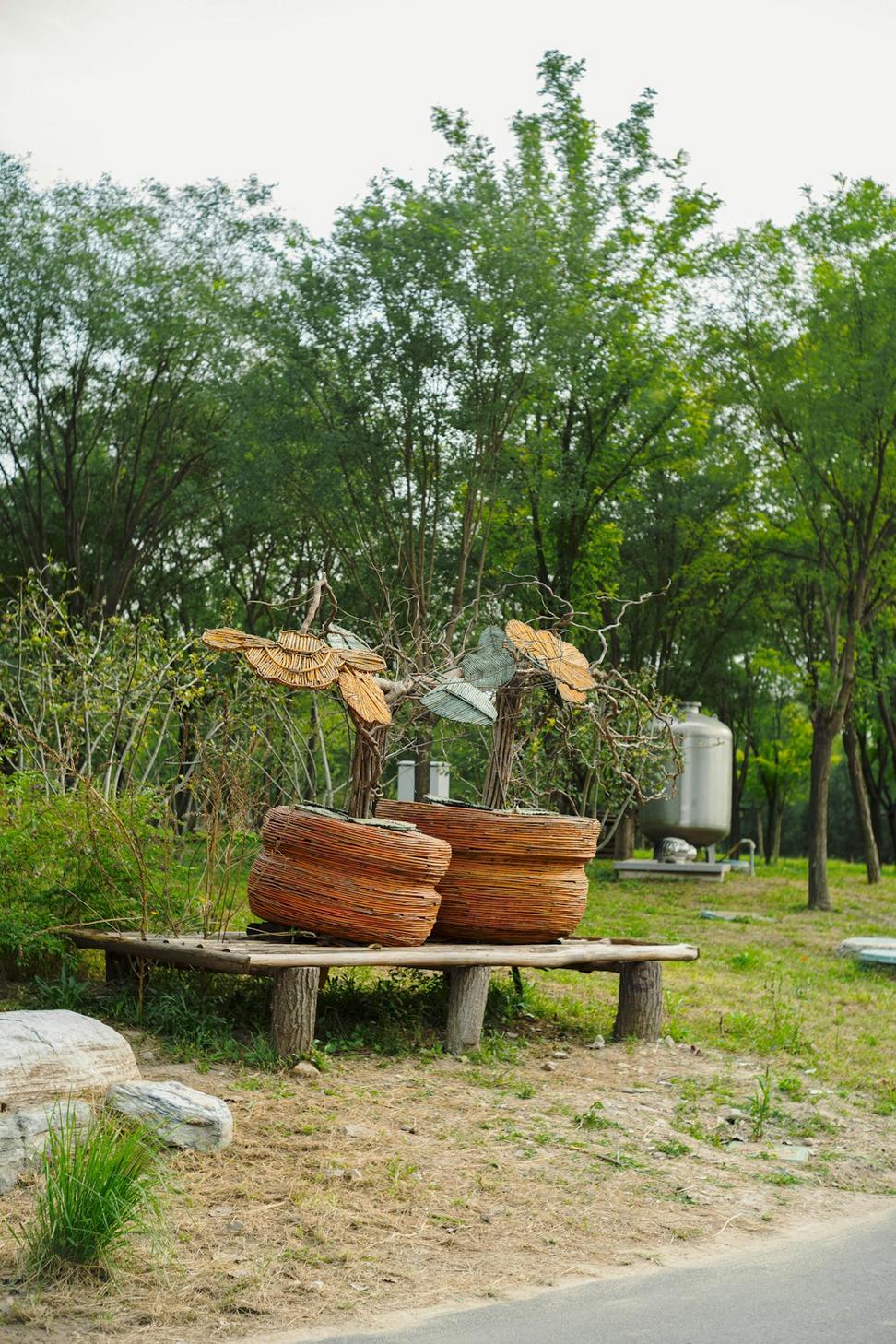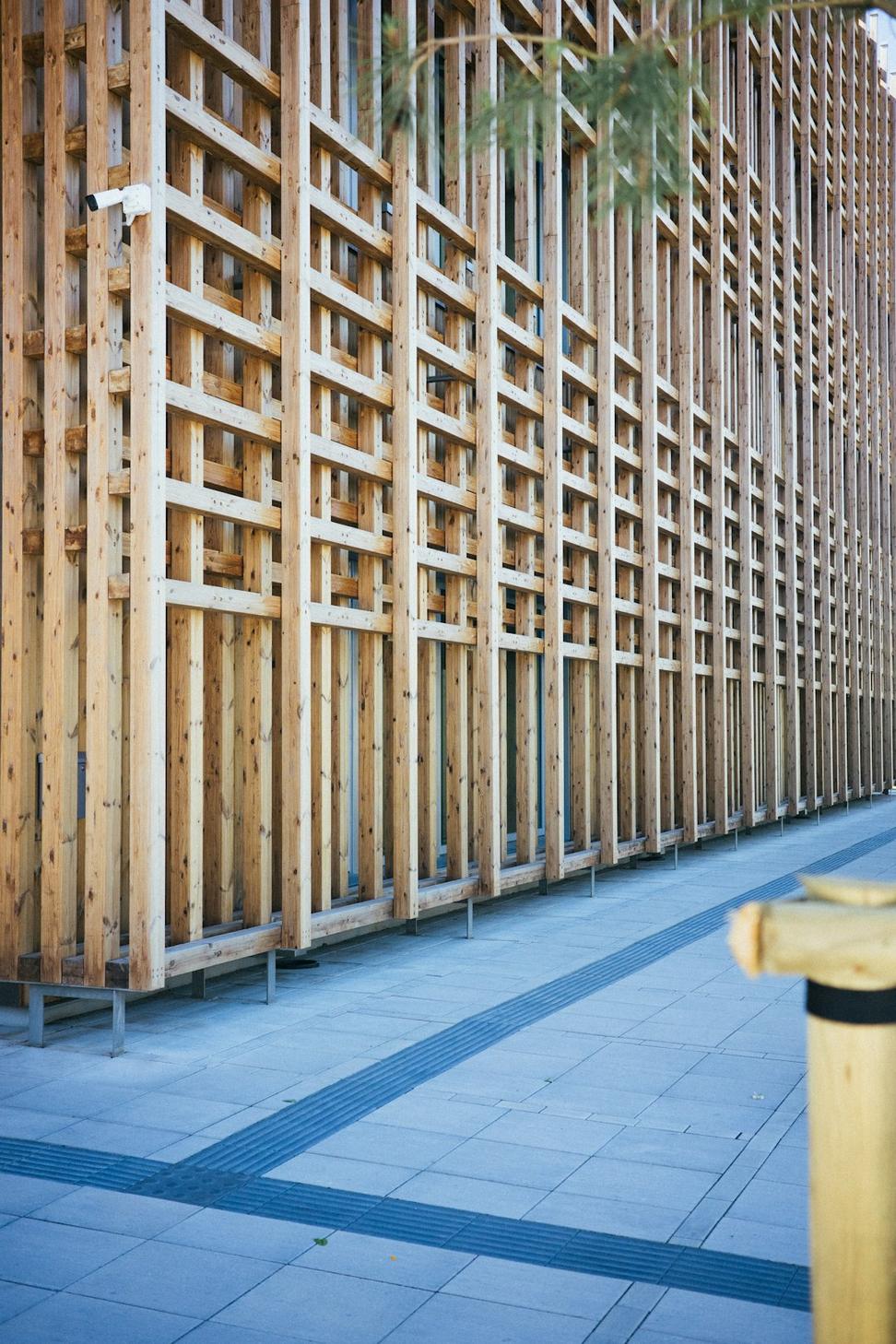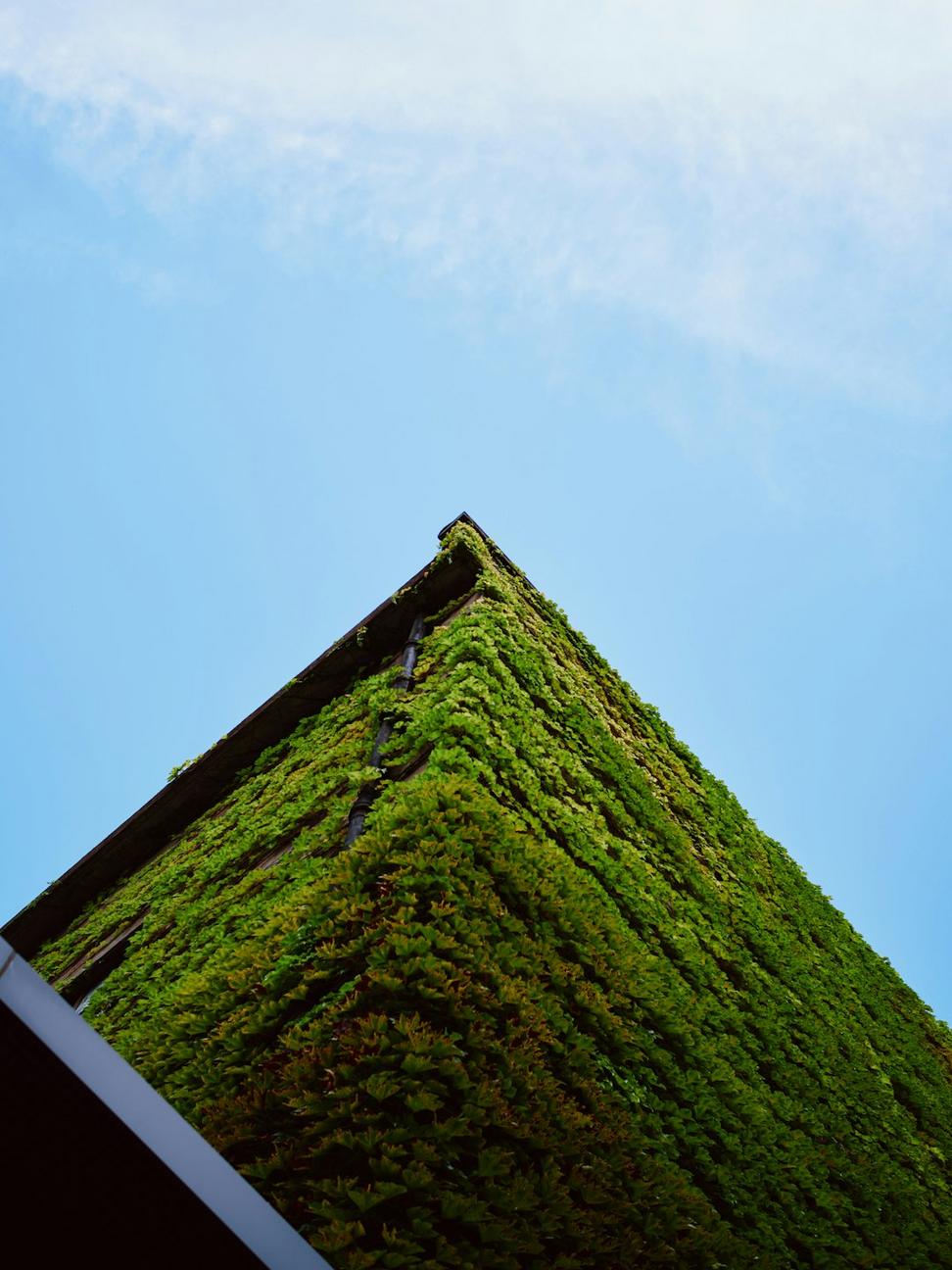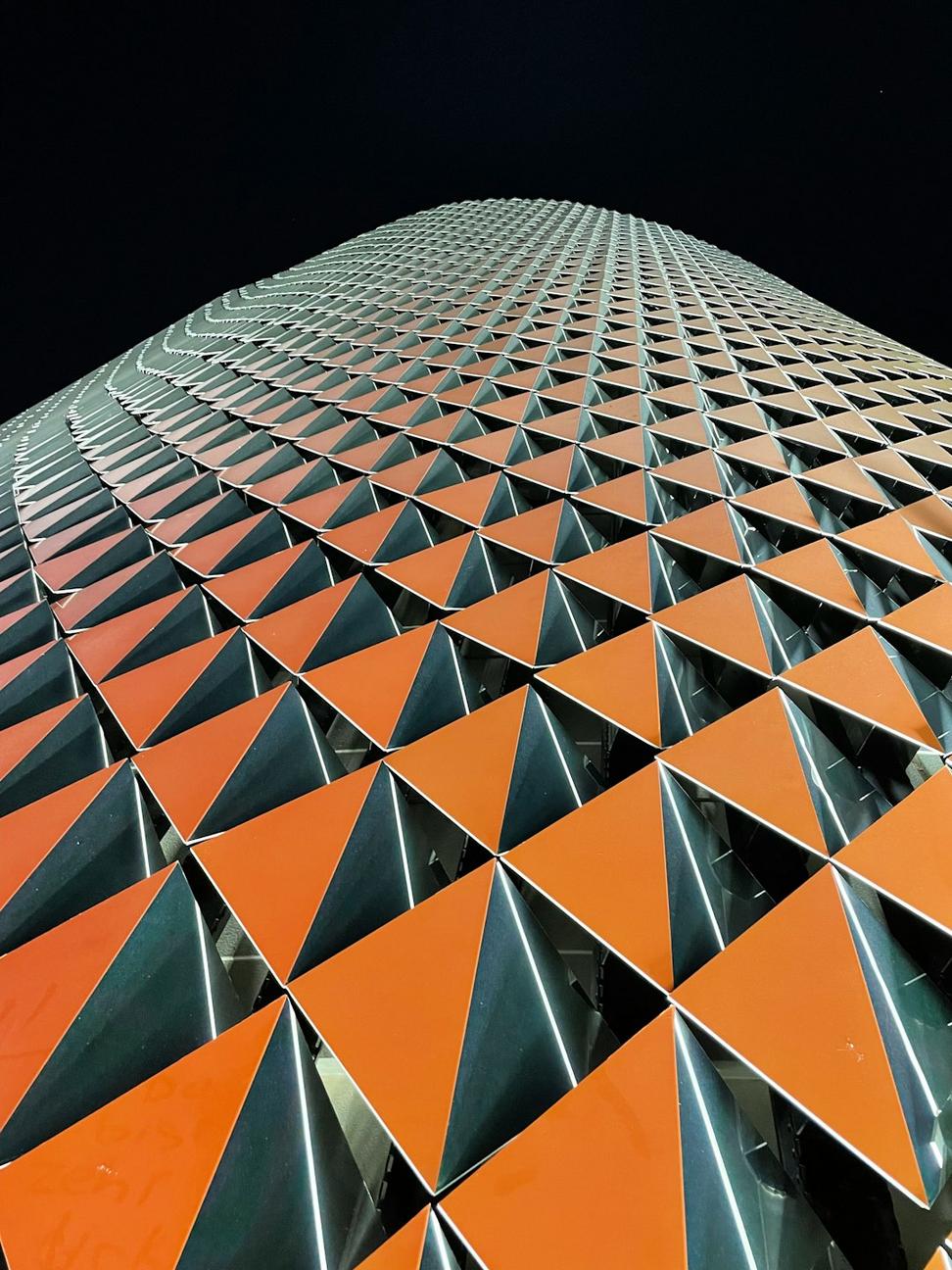
Real Talk About Green Design
Look, sustainable architecture isn't about slapping solar panels on a roof and calling it a day. We've spent years figuring out what actually works - and what's just greenwashing nonsense.
Every project we take on gets the full treatment: passive solar orientation, locally-sourced materials where it makes sense, water reclamation systems that actually pay for themselves, and energy modeling that goes way beyond code requirements.
We've learned that the greenest building is one that people actually want to use for decades. Beautiful spaces that happen to use 60% less energy? That's the sweet spot we're after.
47
LEED Projects
89%
Avg Energy Reduction
12
Net-Zero Buildings


